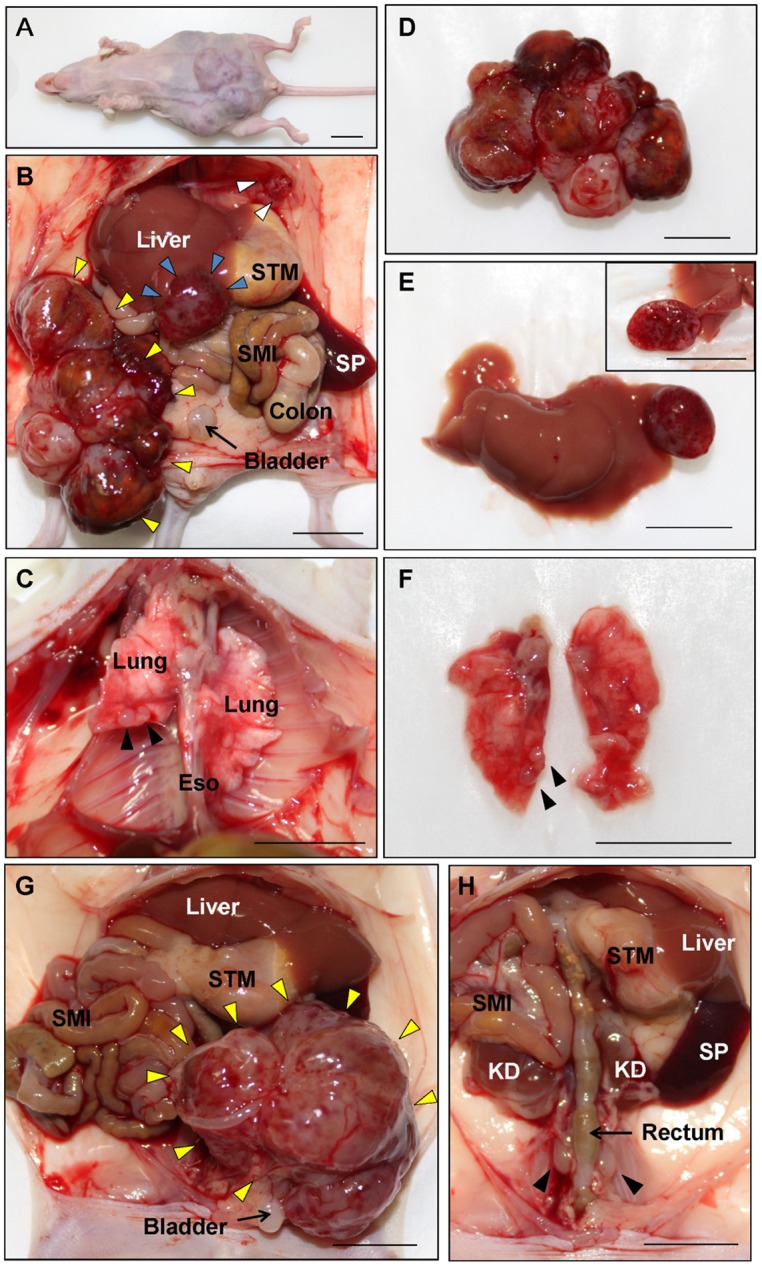Fig 1. Metastasis in the cervical cancer PDOX model in nude mice.

(A) Whole body imaging of the nude mouse orthotopically transplanted the patient’s cervical cancer specimen three monthly previously. The abdomen became distended with the tumor. (B) Images from laparotomy. The large primary tumor was fused with peritoneally-disseminated tumors (yellow arrows). Engorged nodule in the liver is a liver metastasis (blue arrows). Peritoneal dissemination was detected in the subphrenic space (white arrows). (C) Image thoracotomy. Two white nodules were detected in the lower lobe of the right lung (black arrows). (D) Excised specimens of primary tumor. The primary tumor was fused with peritoneally-disseminated tumors. (E) Excised liver metastasis specimens. Upper right inset shows the cut surface of tumor. (F) Excised lung metastasis specimens. Two white nodules were detected in the lower lobe of right lung (black arrows). (G and H) Images of a nude mouse developing para-aortic lymph node metastasis. The primary tumor engulfed the bladder (yellow arrows). After removal of the primary tumor, para-aortic lymph node metastases could be detected (black arrows). SP: spleen, STM: stomach, SMI: small intestine, Eso: esophagus, KD: kidney. Scale bars, 10 mm.
